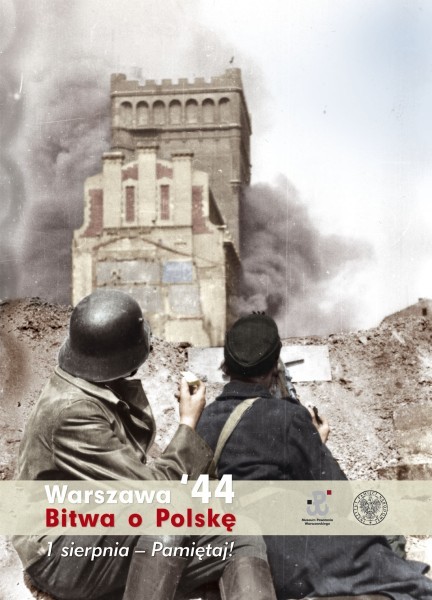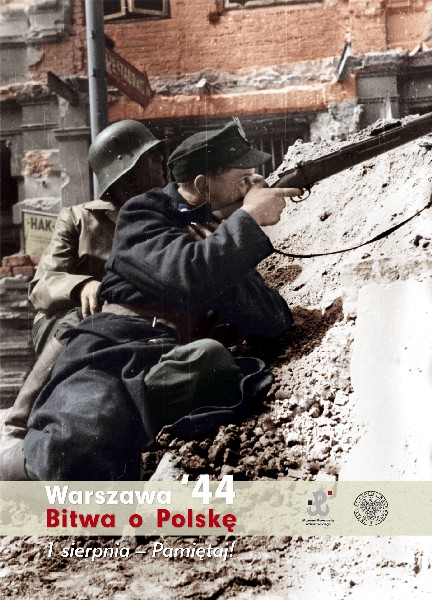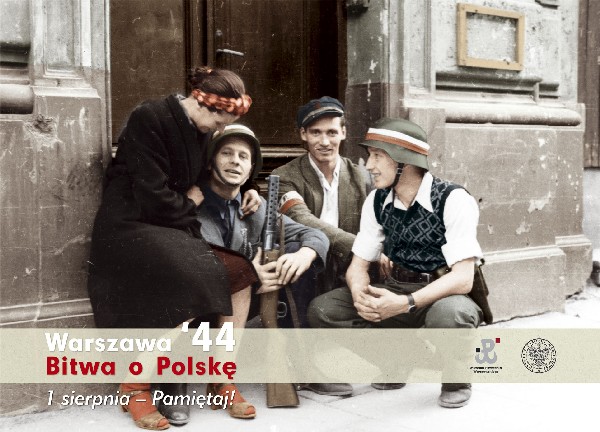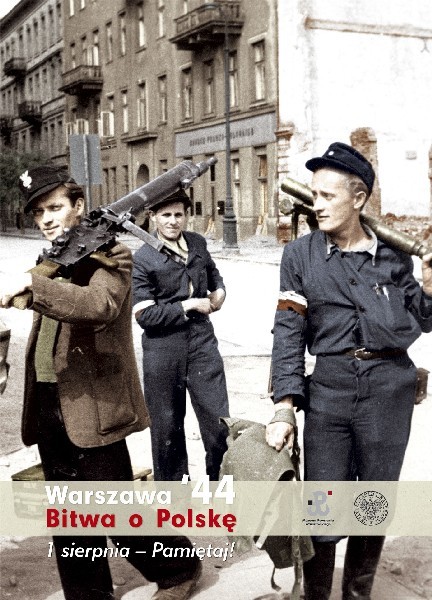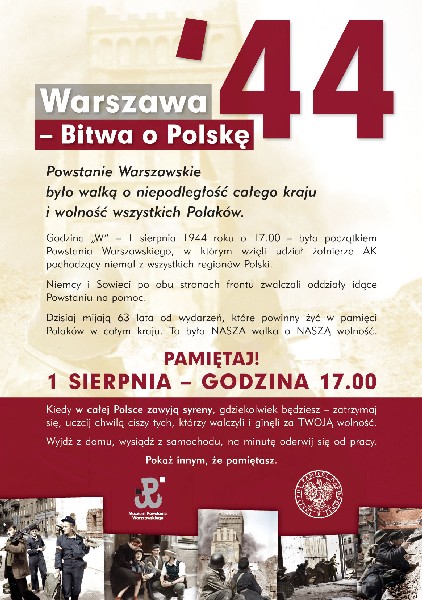The begin of Warsaw Rising on 1st of August 1944 at 5 p.m. is called “W” Hour.
It’s been 63 years ago…
On August 1st over 30 thousand soldiers of Home Army fought for Warsaw. During 63 days of the rising over 50 thousand volunteers joined the ranks of Home Army.
The remarkable fact is that both as military and civil structures of the Polish Underground State functioned during all the 63 days of the battle. Local administration, civil and military courts of justice, social care, press and insurgent radio – all carried on with their activity within the Polish Underground State controlled by the Government Delegate at Home.
On August 29th the Home Army soldiers were recognized by the governments of Great Britain and the U.S. as veterans, who should be treated in accordance with the international conventions. Despite this fact the German soldiers lead their barbaric actions and committed crimes of genocide. They would murder all the captured insurgents and civilians, including women and children. In August 1944 Germans killed over forty thousand (40 000 sic!) of inhabitants of two Warsaw neighborhoods. Constant air strikes and bombardment of Warsaw resulted in huge number of casualties.
Warsaw fought in isolation. Airdrops were the only aid provided by the allied forces. Naturally the sacrifice and courage of the pilots have always been highly admired but unfortunately those individual efforts couldn’t have significantly affected the course of the rising. The Soviet Army, standing at the bank of Vistula River, overlooking the fighting Warsaw, did not support the insurgents. The Soviets silently watched the massacre of the capital of Poland.
In the face of no possibility to continue fighting, no food or hope of any help, Home Army Commander Gen. „Bór” decided to capitulate. The parleys for surrender of the city began at the end of September. On October 2, 1944, the agreement on suspension of warfare operations in Warsaw is signed in Ożarów. According to the treaty, insurgents were to lay down their arms and leave the city in tight formations. POWs were to be turned over to the German military authorities. At the moment of laying down their arms, insurgents were granted veterans rights. The civilian population was to leave the city as well.
After the insurgents and the civilians left Warsaw, the Germans continued the work of destruction, commenced with blowing up the Royal Castle on August 8 – 13, after the fall of the Old Town. They divided the city into regions, number the corner buildings and methodically destroyed the capital. On the walls they put instructions concerning the method of destruction. The Germans destroyed historical monuments and burn to ashes the biggest Polish libraries. They turn archives and museums and their collections into ruins and ashes. The Old Town becomes a sea of ruins.
The Warsaw Rising cost 18 thousand insurgents’ lives, 20 thousand were wounded, 15 thousand POWs; 150 thousand civilians were killed, 50 thousand transported to concentration camps and another 150 thousand sent to forced labor in Germany. The remaining part of the Varsovians was evacuated to the regions of Kielce and Krakow. Germans lost 26 thousand dead and wounded.
Finally, till January 1945 the German Luftwaffe, in accordance with the order of SS chief Heinrich Himmler, razed to the ground the capital of Poland.
The sound of sirens, followed by a moment of silence and reflection, will mark the anniversary of “W” hour at 5 p.m. on the 1st of August 2007.
